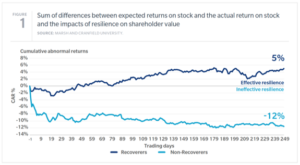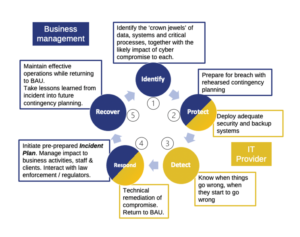2022 is a big year for UK immigration! The Government has announced some major changes to the system for UK work visas already and it plans to announce more later this year. It will introduce the main changes from April to August. Businesses should take note and take appropriate action now.
Investor Visa
For many years, there was an Investor Visa category allowing people to move to the UK on the basis of an investment here. As recently as 2011, the Government announced its intention to “[roll] out the red carpet for … investors”. Unexpectedly, the Government removed this category on 17 February 2022, with immediate effect. It cited a need to stop “corrupt elites” and “dirty money” as its main reasons for this decision. In fact, it had made many changes to the investor visa scheme over a number of years in order to address issues around corruption and money laundering.
In any case, it is now necessary to look for alternatives to the Investor Visa category. The Government has indicated that it will make changes to the Innovator Visa in Autumn 2022, in order to provide a replacement for the Investor Visa. We will wait to see those changes, but for now there is very little opportunity for self-employed / independent business people to move to the UK. This is a major gap in the UK immigration system.

Global Business Mobility
The Government is introducing a Global Business Mobility category, which brings together and amends a number of existing visa routes. This comes into force on 11 April 2022.
- The UK Expansion Worker route is for senior or specialist staff who are being assigned to the UK to help with a business’s expansion to the UK; and this replaces the long-standing and popular Sole Representative route.
– The key change is that this route cannot lead to permanent residence in the UK.
– Also, the UK employer must now be a licensed sponsor.
– It is possible to bring family to the UK. - The Senior or Specialist Worker route is for senior or specialist staff assigned to a UK business linked to their employer overseas; and this replaces the existing Intra-Company Transfer route.
- The Graduate Trainee route is for workers on certain graduate training courses, required to do a work placement in the UK; and this replaces the Intra-Company Graduate Trainee route.
- The Service Supplier route is for people who need to undertake an assignment in the UK to provide services covered by one of the UK’s international trade commitments; and this replaces the Temporary Work – International Agreement route.
- The Secondment Worker route is for workers seconded to the UK by their employer overseas. This is a new route for people working on a high value contract or investment.
High Potential Individual
This is a new route which allows recent graduates of certain leading global universities to work in the UK. This comes into force on 30 May 2022.
- An important attraction is that there is no need for a licensed sponsor.
- It is possible to bring family to the UK.
- This route cannot lead to permanent residence in the UK.
Scale-up
This is a new route which allows those with a job offer for highly skilled work from a recognised UK scale-up to qualify for a fast-track visa. This comes into force on 22 August 2022.
- The UK employer must be a licensed sponsor at least for the first 6 months.
- It is possible to bring family to the UK.
- This route can lead to permanent residence in the UK. This is an important and now rare feature, in the context of UK work visas.
Conclusion
Due to the removal of many routes to permanent residence, people on many of these work visas will have to switch to other visa routes in the UK if they want to stay here long term, leading to increases in time and cost. Their employers will generally need to be licensed sponsors, which will increase the regulatory burden that they face. We will wait to see how businesses react when the Government introduces these changes.
by Usman Sheikh,
the founder of Ansar, & Collaboration Partner – The Brooke Consultancy
(photo sources: Unsplash – Brooke Cagle, Unsplash – Brytny)






 Winter 2021
Winter 2021